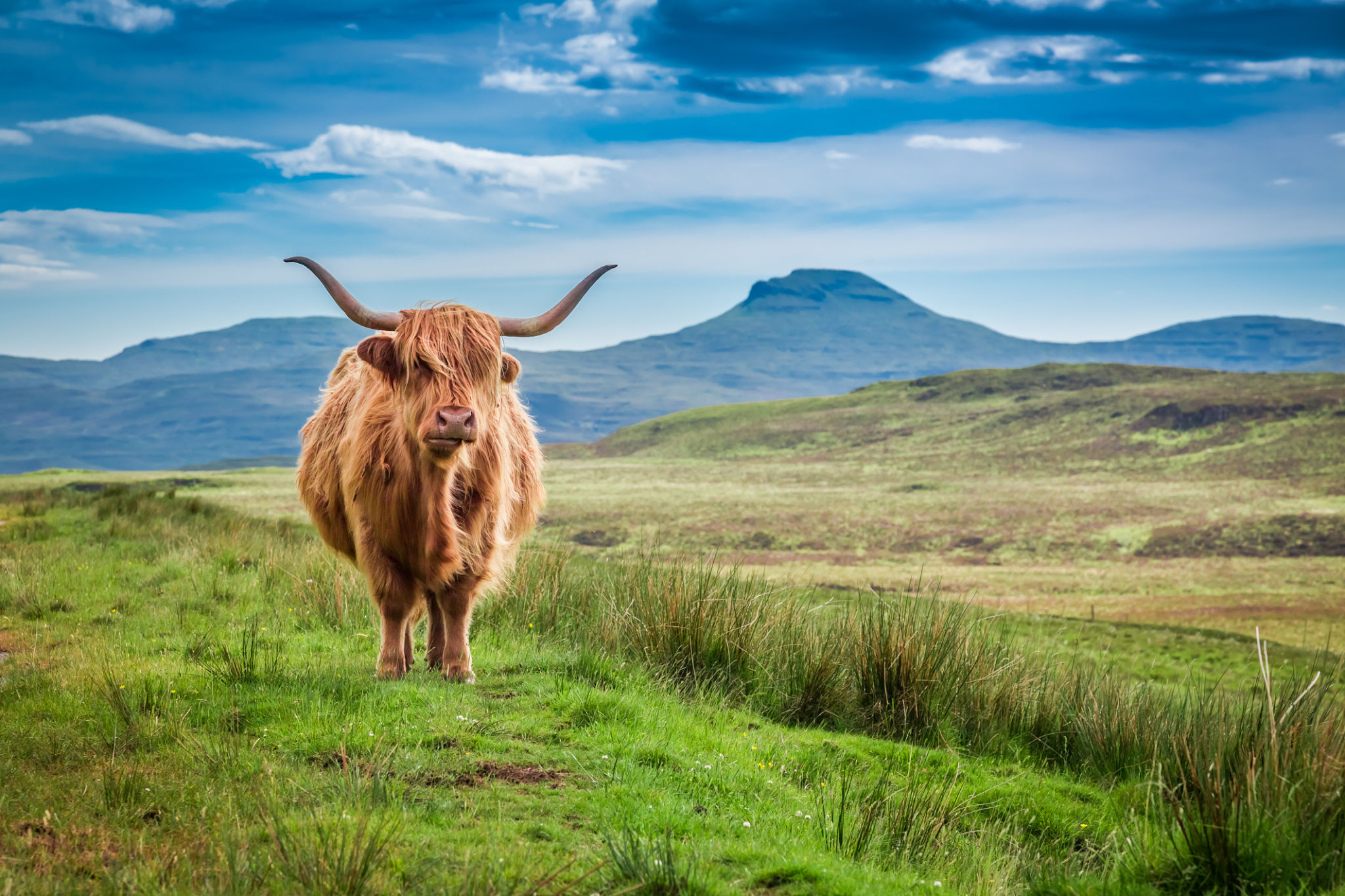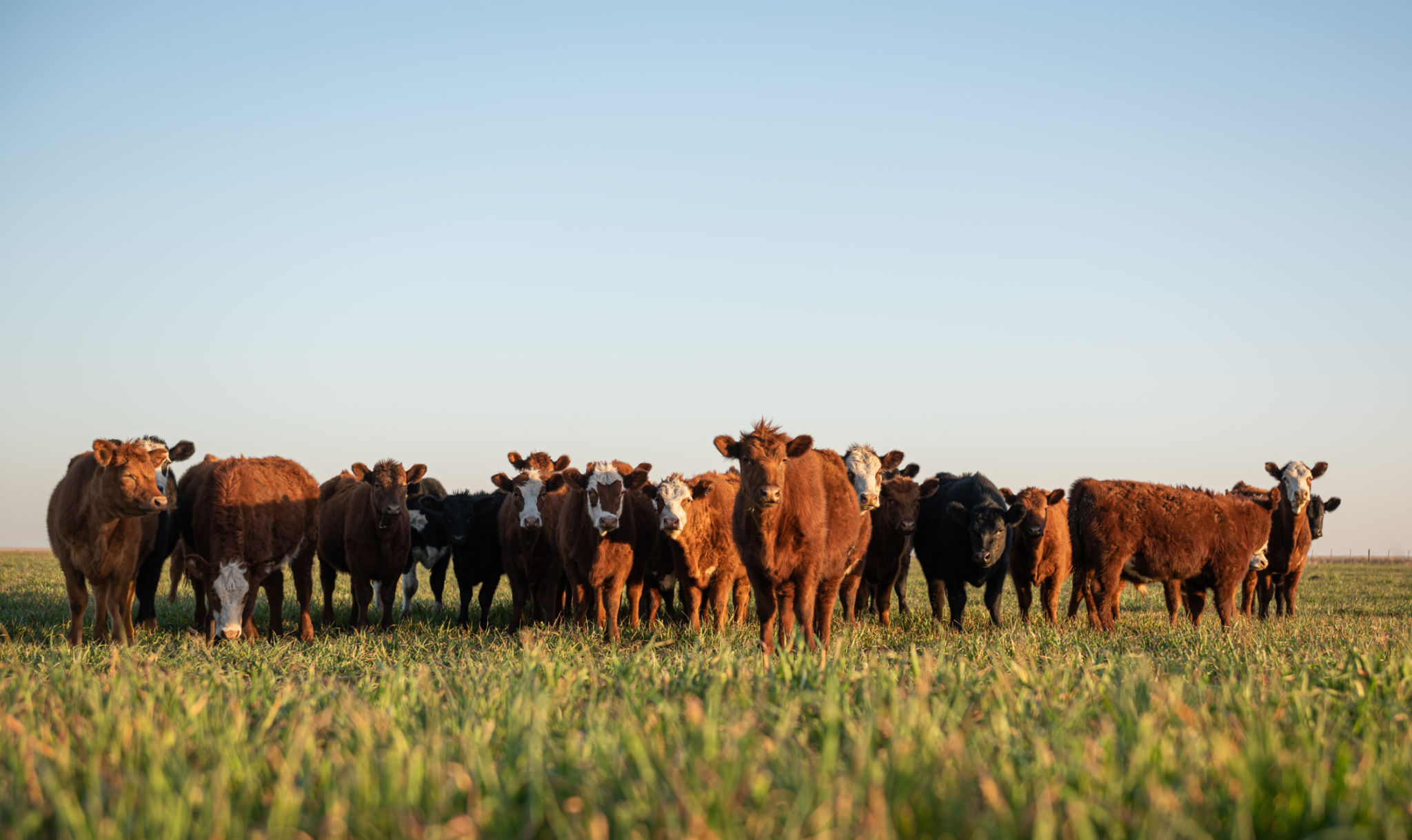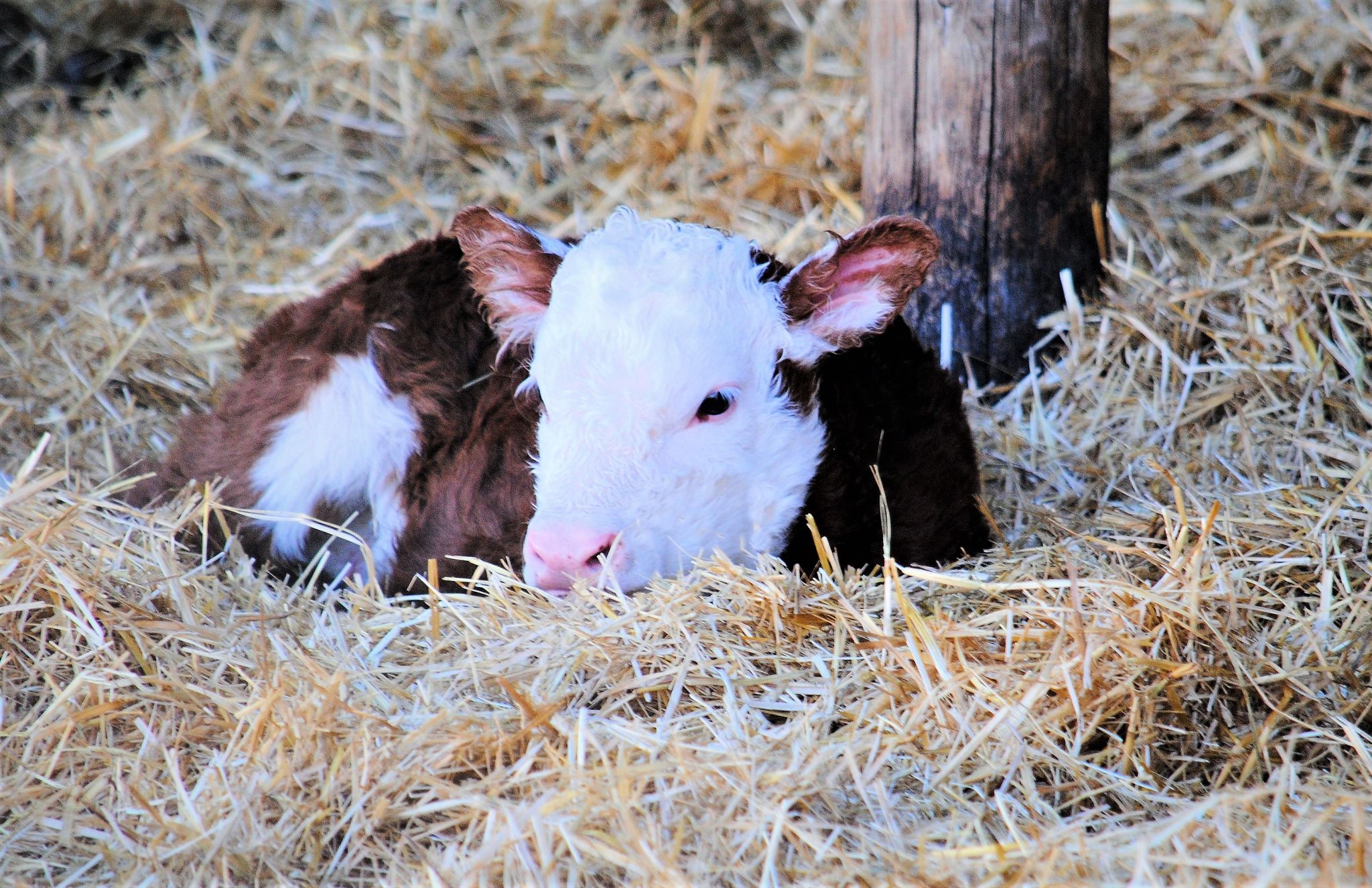How to Start Your Own Mini Highland Cattle Farm: A Step-by-Step Guide
Understanding Highland Cattle
Highland cattle are known for their distinctive long horns and wavy, woolly coats. These resilient creatures are well-suited to cold climates, making them an excellent choice for farmers in northern regions. They are also known for their gentle nature, making them easier to handle than some other cattle breeds.
Before you begin your mini Highland cattle farm, it's crucial to understand the breed's specific needs. They require ample pasture, shelter from harsh weather, and a consistent supply of fresh water. Additionally, they thrive on a diet of grass and hay, which can be supplemented with mineral blocks for optimal health.

Planning Your Farm
Choosing the Right Location
The success of your Highland cattle farm largely depends on selecting the right location. Look for land that offers plenty of grazing space, as Highland cattle need ample pasture to roam and feed. Ensure the area has adequate drainage to prevent waterlogging and access to natural shade or shelter.
Consider accessibility, as you'll need to transport feed and supplies regularly. Proximity to a veterinarian familiar with cattle is also beneficial for regular health checks and emergencies.

Setting Up Infrastructure
Once you've chosen a location, it's time to set up the necessary infrastructure. This includes building sturdy fencing to keep your cattle contained and safe from predators. Highland cattle are generally docile, but good fencing ensures their safety and protects them from wandering off.
Constructing a barn or shelter is essential, providing a place for your cattle to escape extreme weather conditions. The shelter should be well-ventilated and spacious enough to accommodate all your animals comfortably.

Building Your Herd
Selecting Your Cattle
When starting your herd, focus on quality rather than quantity. Purchase healthy animals from reputable breeders who can provide information about their lineage and health history. Look for signs of good health, such as a shiny coat, bright eyes, and alert behavior.
A small herd of two to three animals is ideal for beginners, allowing you to manage them effectively while gaining experience in cattle farming.
Understanding Breeding Practices
If you plan to expand your herd through breeding, it's important to understand the breeding cycle of Highland cattle. Females typically calve once a year, and it's crucial to monitor their health closely during pregnancy and after calving.
Work with a veterinarian to establish a breeding plan that ensures the health and productivity of your herd.

Maintaining Your Farm
Running a mini Highland cattle farm requires regular maintenance and attention. This includes routine health checks, vaccinations, and parasite control to keep your herd healthy. Monitor their diet closely and adjust feeding practices based on seasonal changes and nutritional needs.
Regular pasture management is also crucial. Rotate grazing areas to prevent overgrazing and maintain pasture quality. This practice helps sustain the land and provides your cattle with fresh grass throughout the year.

Marketing Your Farm Products
If you aim to profit from your farm, consider the various products Highland cattle can offer. Their beef is prized for its flavor and leanness, attracting niche markets interested in high-quality meat. Additionally, their hides can be used for leather goods, adding another revenue stream.
Develop a marketing strategy that highlights the unique attributes of your products. Utilize social media platforms to reach potential customers and consider participating in local farmers' markets or agricultural fairs to showcase your offerings.